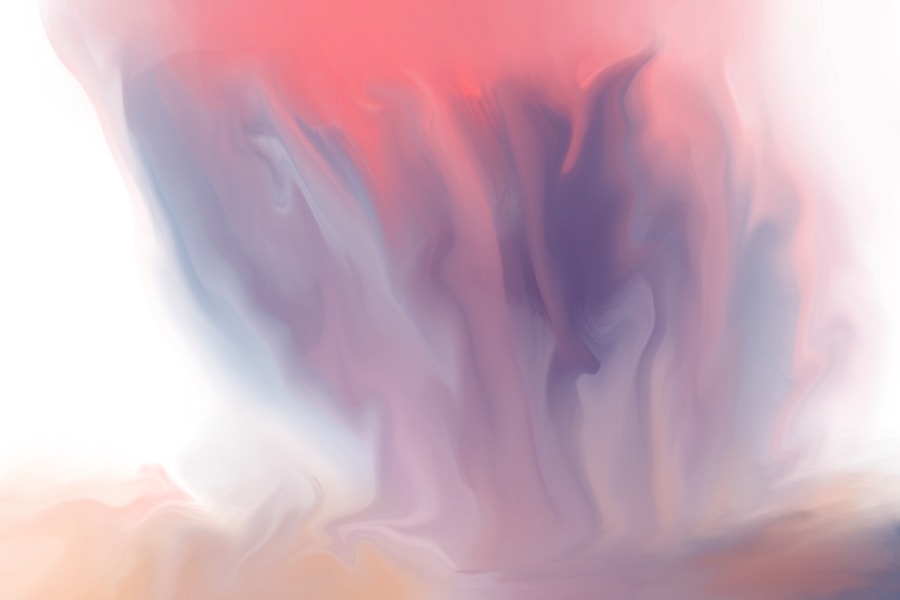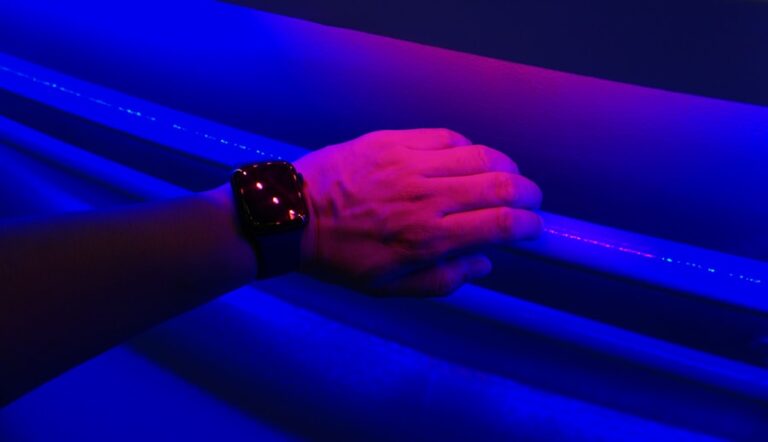The Evolution of Art: A Closer Look at Digital Art
Digital art has its roots in the early 1960s, when artists and technologists began to experiment with the use of computers to create visual art. One of the earliest examples of digital art is the work of artist Frieder Nake, who used a computer program to generate intricate geometric patterns. Another pioneer in the field was Michael Noll, who created some of the first computer-generated images using a computer at Bell Labs in the late 1960s. These early experiments laid the groundwork for the development of digital art as a distinct artistic medium.
As technology advanced, so did the possibilities for digital art. In the 1970s and 1980s, artists began to explore the potential of digital tools such as drawing tablets and image editing software to create new forms of visual expression. This period saw the emergence of artists like Harold Cohen, who developed a program called AARON that could create original drawings and paintings. The development of digital printing and imaging technologies also played a crucial role in the evolution of digital art, allowing artists to produce high-quality prints of their work. These technological advancements paved the way for the widespread adoption of digital art as a legitimate and influential artistic medium.
The Impact of Technology on Art
The impact of technology on art has been profound, transforming the way artists create and audiences experience visual expression. The advent of digital tools and technologies has opened up new possibilities for artistic experimentation and innovation. Artists now have access to a wide range of digital tools, from drawing tablets and 3D modeling software to virtual reality and augmented reality platforms. These tools have empowered artists to push the boundaries of traditional artistic practices and explore new forms of visual storytelling.
Technology has also revolutionized the way art is consumed and shared. The internet and social media have made it easier than ever for artists to showcase their work to a global audience, breaking down geographical barriers and connecting artists with potential patrons and collaborators from around the world. Digital platforms have also democratized the art world, allowing emerging artists to gain exposure and recognition without the need for traditional gatekeepers like galleries and museums. The accessibility of digital art has also led to a more diverse and inclusive art community, with artists from marginalized communities finding new opportunities to share their perspectives and experiences.
The Rise of Digital Art in the 20th Century
The 20th century saw a rapid rise in the popularity and influence of digital art as a distinct artistic medium. The development of personal computers and graphic design software in the 1980s and 1990s made it easier than ever for artists to create and manipulate digital images. This led to a surge in the production of digital art, with artists exploring new techniques and styles that were only possible with digital tools. The rise of digital art also coincided with the emergence of new media art, a genre that encompasses a wide range of artistic practices that incorporate digital technologies.
One of the most significant developments in the rise of digital art was the establishment of new media art festivals and exhibitions, which provided a platform for artists to showcase their work and engage with audiences. These events helped to legitimize digital art as a valid form of artistic expression and fostered a sense of community among digital artists. The rise of digital art also coincided with the development of digital art education programs at universities and art schools, further solidifying its status as a legitimate artistic medium.
The Influence of Digital Art on Traditional Art Forms
The influence of digital art on traditional art forms has been far-reaching, reshaping the way artists approach their practice and challenging traditional notions of artistic production. Digital tools and technologies have enabled artists to experiment with new techniques and styles that were previously impossible with traditional media. For example, artists can now create immersive virtual reality experiences or interactive installations that blur the boundaries between art and technology. Digital art has also inspired traditional artists to incorporate digital elements into their work, leading to new hybrid forms of artistic expression.
The rise of digital art has also had a profound impact on the way traditional art is exhibited and consumed. Museums and galleries have embraced digital technologies to enhance the visitor experience, incorporating interactive displays and multimedia installations into their exhibitions. Digital art has also influenced the way traditional artworks are collected and preserved, with institutions investing in digital archiving and conservation techniques to ensure the longevity of digital artworks. The influence of digital art on traditional art forms has sparked new conversations about the nature of artistic practice and the role of technology in shaping our understanding of visual culture.
The Advantages and Challenges of Creating Digital Art
Creating digital art offers a wide range of advantages for artists, including greater flexibility, efficiency, and accessibility. Digital tools allow artists to experiment with different techniques and styles without the need for expensive materials or studio space. Artists can also easily make revisions to their work and experiment with different compositions, leading to a more iterative and exploratory creative process. Digital art also offers greater accessibility, as artists can share their work online and reach a global audience without the need for physical exhibitions or distribution channels.
However, creating digital art also presents unique challenges for artists. One of the main challenges is mastering the technical skills required to use digital tools effectively. Artists must invest time and effort into learning how to use software and hardware, which can be daunting for those who are more accustomed to traditional artistic practices. Another challenge is navigating issues related to copyright and intellectual property in the digital realm, as digital artworks can be easily reproduced and distributed without the artist’s consent. Despite these challenges, many artists have embraced digital art as a means of expanding their creative horizons and reaching new audiences.
The Role of Digital Art in Contemporary Society
Digital art plays a crucial role in contemporary society, reflecting and shaping our relationship with technology, culture, and visual expression. Digital art has become an integral part of popular culture, with artists using digital platforms to engage with current events, social issues, and cultural trends. Digital art has also become a powerful tool for activism and social change, allowing artists to amplify marginalized voices and challenge dominant narratives through their work. The accessibility of digital platforms has also democratized artistic expression, allowing individuals from diverse backgrounds to share their stories and perspectives through visual means.
In addition to its cultural impact, digital art has also become an important economic force in contemporary society. The rise of digital platforms for buying and selling artwork has transformed the art market, making it easier for artists to connect with collectors and patrons from around the world. Digital art has also opened up new opportunities for artists to collaborate with brands, institutions, and other creative professionals, leading to new forms of artistic practice and entrepreneurship. As technology continues to evolve, so too will the role of digital art in shaping our understanding of contemporary society.
The Future of Digital Art: Trends and Innovations
The future of digital art is filled with exciting possibilities, as artists continue to push the boundaries of what is possible with technology and visual expression. One trend that is likely to shape the future of digital art is the integration of artificial intelligence into artistic practice. AI technologies have already been used to create original artworks, generate new forms of visual storytelling, and enhance the creative process for artists. As AI continues to develop, it is likely that we will see new forms of collaboration between human artists and intelligent machines, leading to new forms of artistic expression.
Another trend that is likely to shape the future of digital art is the continued development of immersive technologies such as virtual reality (VR) and augmented reality (AR). These technologies have already been used by artists to create interactive installations, immersive experiences, and new forms of storytelling that blur the boundaries between physical and virtual space. As VR and AR technologies become more accessible and affordable, we can expect to see a surge in innovative uses of these platforms by artists from diverse backgrounds.
In conclusion, digital art has emerged as a powerful and influential artistic medium with deep roots in technological innovation and cultural expression. The rise of digital art has transformed the way we create, consume, and understand visual culture, challenging traditional notions of artistic practice and opening up new possibilities for creative expression. As technology continues to evolve, so too will the role of digital art in shaping our understanding of contemporary society and pushing the boundaries of what is possible with visual storytelling. The future of digital art is filled with exciting possibilities, from AI-driven creativity to immersive experiences that redefine our relationship with technology and culture. As we look ahead to the future, it is clear that digital art will continue to play a vital role in shaping our understanding of visual culture and artistic practice.






